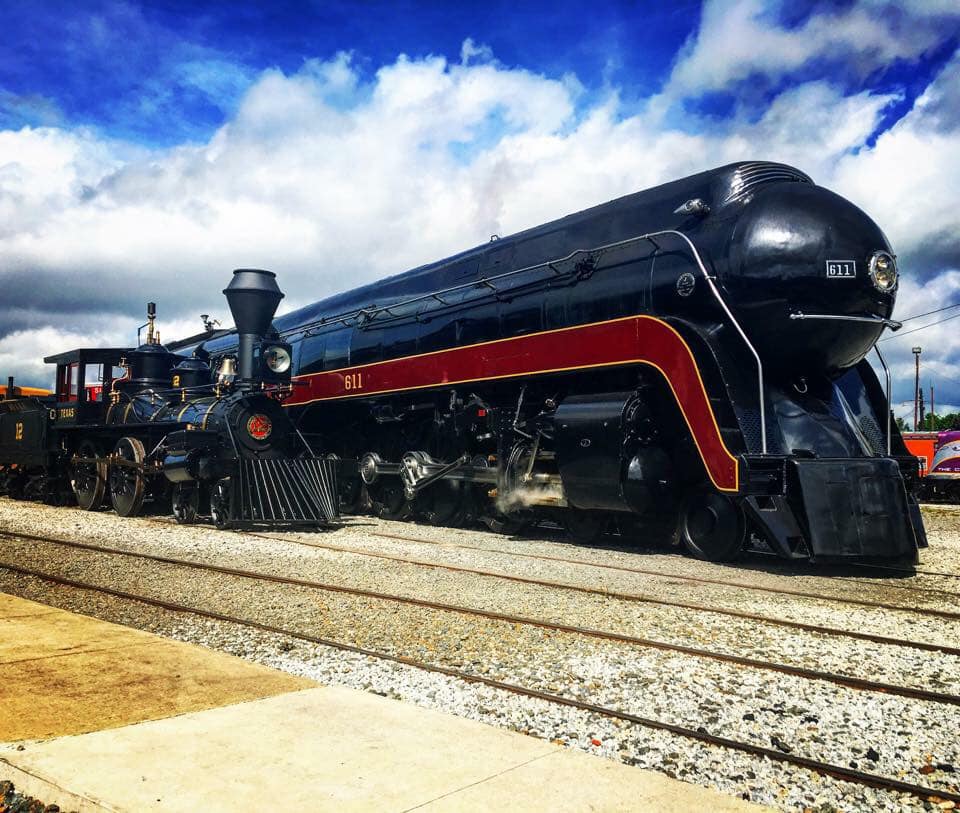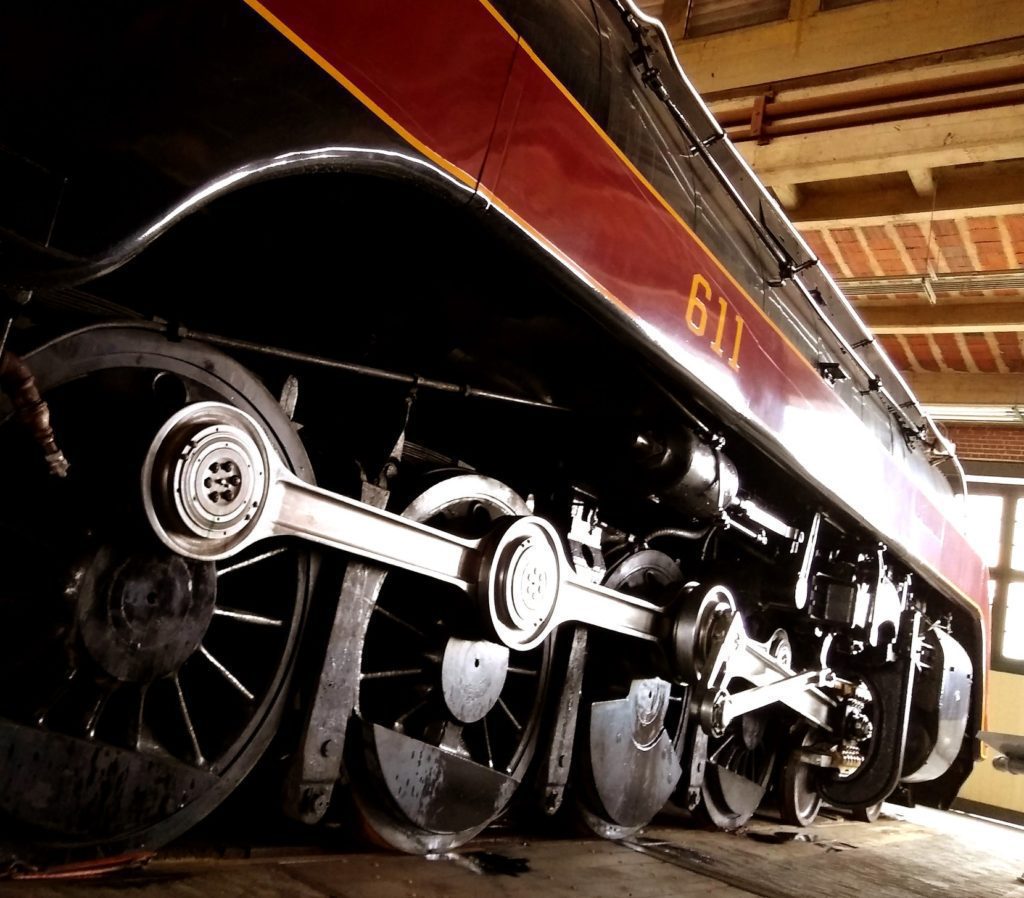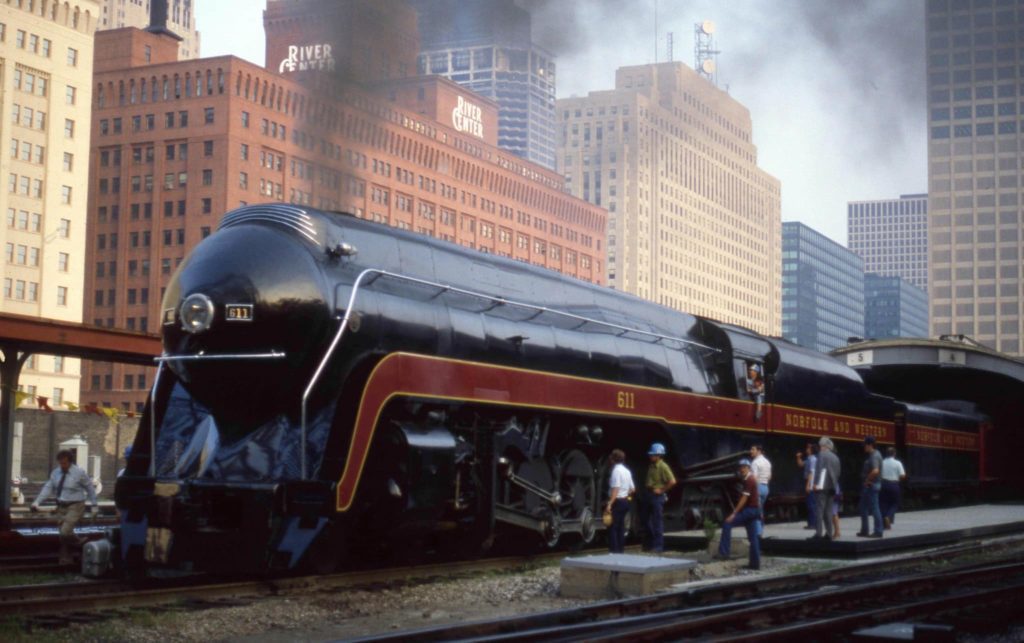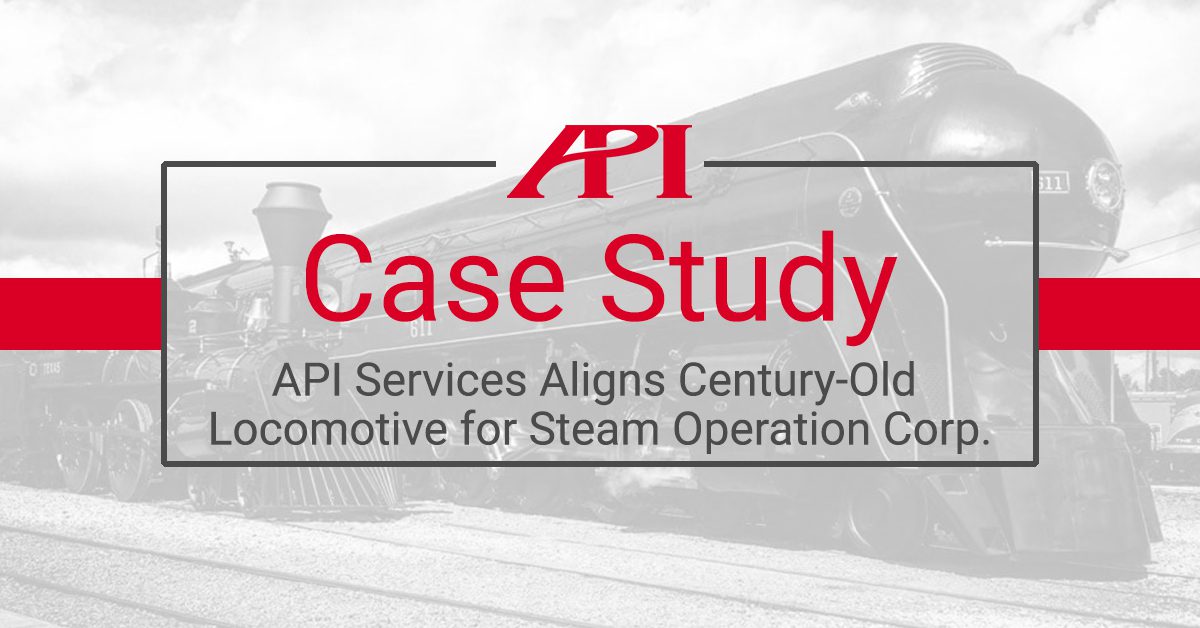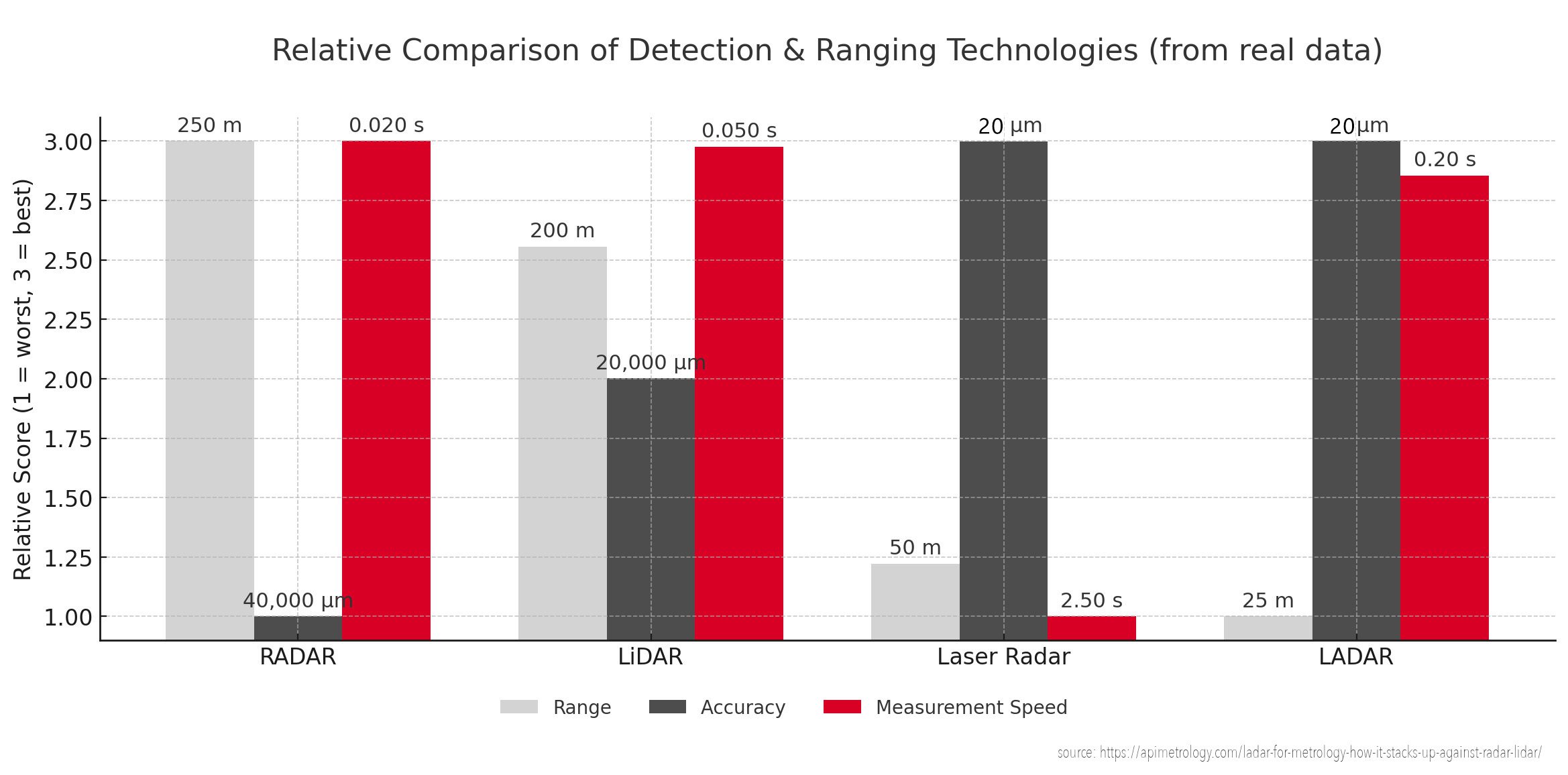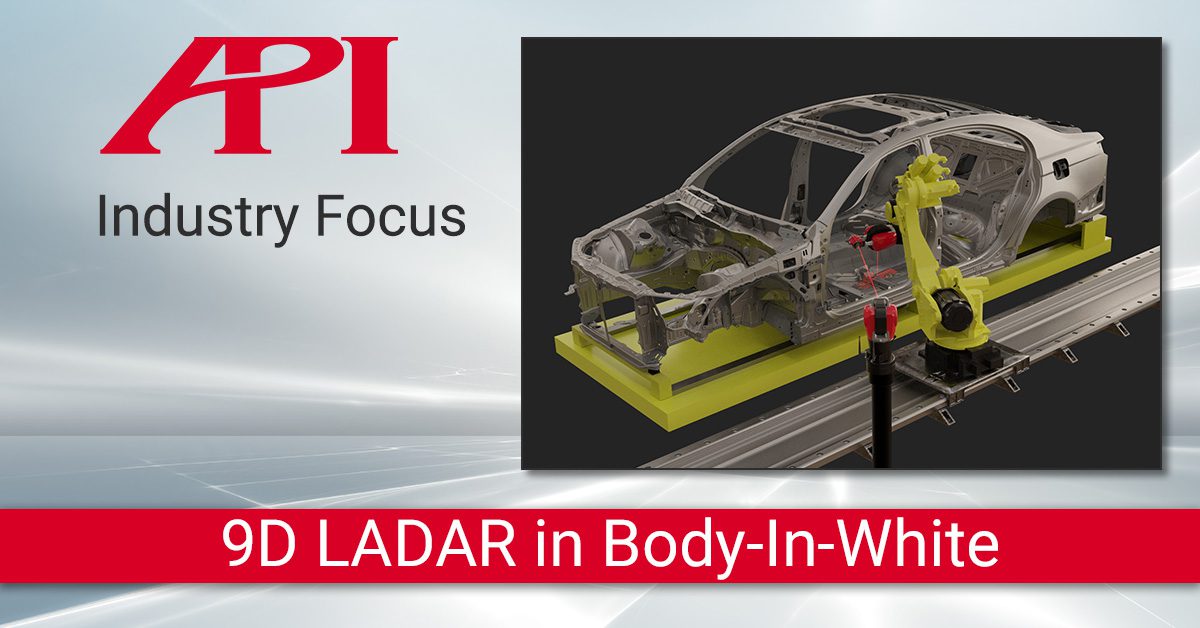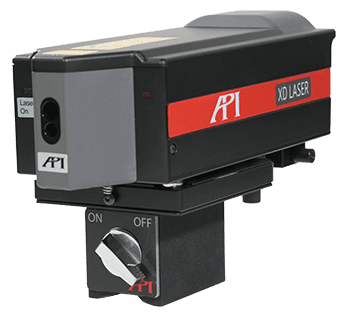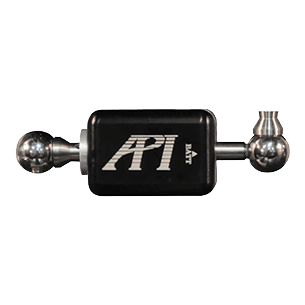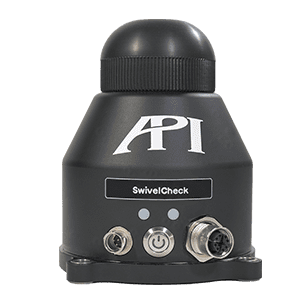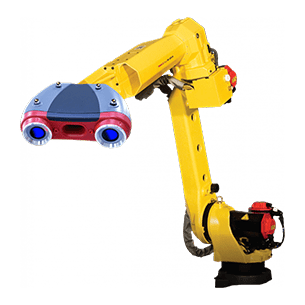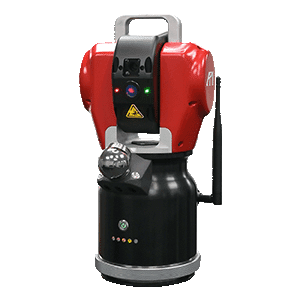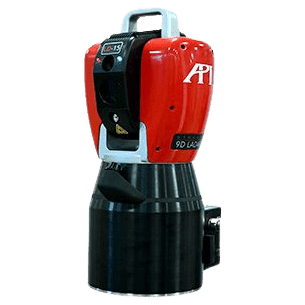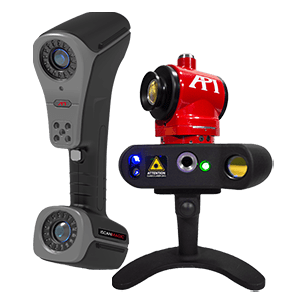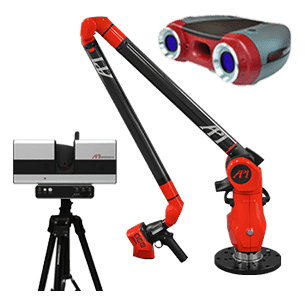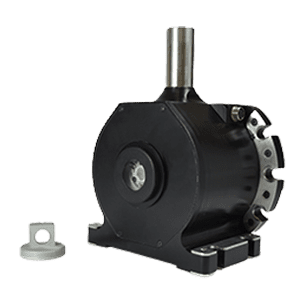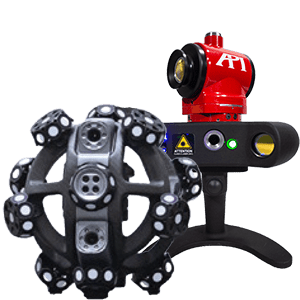API Services Aligns Century-Old Locomotive for Steam Operation Corp.
MSP Uses Radian Plus, API Arm to Measure Drive Train Critical Features
Steam locomotives were one of the earliest engineering marvels that heralded the beginning of the Industrial Revolution. But the fact that production on most of these pieces stopped more than 50 years ago combined with most of them being made-to-order without consistent, unifying design, makes repairing these legacy projects a very involved process. Scott Lindsay, President of Steam Operations Incorporated, encountered this when restoring the drive train of a century old locomotive. To speed up the process and ensure accuracy, Scott turned to the team of Expert Metrologists at API Services. Using Radian Plus Laser Tracker and multi-axis API Arm, the team was able to:
- Properly align all the critical features of the drive train
- Create a 3D CAD model to allow the production of new drive boxes
- Save Steam Operations Corp. over 100 hours and $10,000
First appearing in the UK in the early 1800s, steam locomotion dramatically expanded our ability to transport goods in bulk, across long distances, and at high speeds. The technology quickly took over and dominated global transportation for over a century. While the principle of these locomotives was simple, however, their designs and assemblies were some of the most ambitious manufacturing projects mankind had ever produced.
Today’s light rail and bullet trains are assembled using large-scale dimensional metrology equipment and technology, but steam locomotives were machined and assembled using hand measurements instead of Laser Trackers and, most importantly, template reference instead of CAD models. With production on most of these engines having ceased in the mid-1900s, and many of them having been customized designs for specific railroads or companies, restoring these locomotives to operation is a daunting task.
It is a task that Scott Lindsay, President of Steam Operations Corp., is very familiar with. Since 1978, Steam Operations Corp. has specialized in restoration of Steam Locomotives & Historic Railroad Equipment in Alabama. They have become the nation’s leading firm devoted to the restoration, operation, and preservation of steam locomotives and other historic railroad equipment. And when Scott needed to align the major components of the drive train on a century-old locomotive and produce new drive boxes, he called in the team of Expert Metrologists at API Services. After analyzing the locomotive layout and the needs of the project, API Services outlined a scope of work that quickly performed two critical measurements.
First, API Services was able to perform measurements of the bare frame in the way of critical alignment areas and compile this data in three dimensional coordinates using the Radian Plus. They were then able to see the “Big Picture” to analyze what needed to be done in the alignment process to have all the critical drive features aligned together properly. API Services performed these measurements without the frame and components put together.
In the past this alignment was performed using hand measuring methods that require putting all the components in place and pulling wires while taking measurements with micrometers.
This was a time and resource saver because some of the components were not on site. In the past this alignment was performed using hand measuring methods that require putting all the components in place and pulling wires while taking measurements with micrometers. This is very time consuming and required all the components to be put in place.
Secondly, API Services used the API Arm to scan and reverse engineer the drive boxes on the training truck. The scanned information was able to be downloaded to Auto CAD. Fabrication drawings were created from the 3D CAD model they provided to Steam Operations Corp., and new drive boxes were built.
“The laser scan process provided valuable information about the locomotive frame and cylinders quickly and efficiently,” says Scott Lindsay. “Without the scanner the process would have been to run piano wire thru the cylinder bores and spend countless hours measuring the many required points with micrometers and then manually recording that information for use in Auto CAD. I would estimate the scan saved over 100 hours and saved over $10,000 dollars.”
Overall, Steam Operations Corp. was very pleased with the experience, equipment, and professionalism of API Services’ technicians, and Scott Lindsay is looking forward to using this technology to work with API Services for future steam locomotive restoration projects.
API Services offers the unique combination of OEM expertise on API’s complete line of Radian Laser Trackers, Scanners, CMM Arms, and Machine Tool Calibration (MTC) products; decades of experience in applications across multiple industries; and a worldwide presence to provide Globally-Local support to all of their customers. The expert team of Real Metrologists at API Services is standing by to support your metrology needs.
